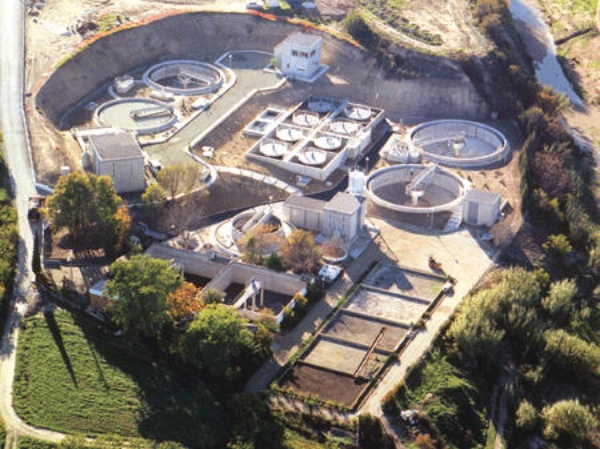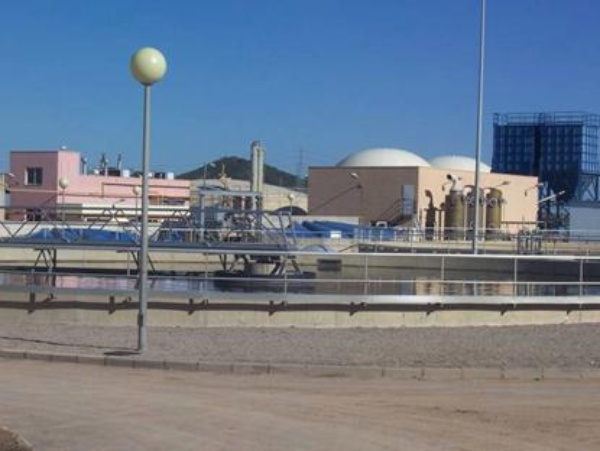A distinction must be made between indirect and direct reuse. The first of these is the one in which effluents are discharged into water courses and these are diluted with the circulating flow that, after passing through the public hydraulic domain, is the object of its subsequent use. Direct reuse is that in which the second use occurs after the first, without the water entering the hydraulic public domain between them.
The number of municipal treatment facilities in the Segura river basin district in 2012 was 206 and the volume of treated wastewater amounted to 140.1 hm³ / year, of which 78 were directly reused, 2 hm³ / year. Installations that treated more than 250,000 m³ per year, 108 treatment plants, provided 99% of the treated wastewater generated in the basin.
There are no significant discharges of treated water into the sea (except in WWTPs in coastal municipalities and in episodes of high salinity of the effluent), so the practice All the urban returns of the WWTPs of more than 250,000 m³ / year are reused directly or indirectly.

EDAR Cehegín
Source: CARM
| Data in m³ / year | Horizon 2012 | Horizon 2015 | Horizon 2021 | Horizon 2033 |
|---|---|---|---|---|
| Volume treated Municipal WWTPs DHS | 140.112.040 | 144.095.071 | 147,520,942 | 159,506,145 |
| Volume discharged by WWTPs to channel | 61.866.110 | 61,470,721 | 61.481.173 | 58,460,345 |
| Direct reuse WWTPs municipal | 78.246.454 | 82,578,550 | 85.987.208 | 100.985.539 |
| Direct reuse WWTPs private agricultural use | 3,367,715 | 3,367,715 | 3,367,715 | 3,367,715 |
| Direct reuse WWTPs private use services (golf) | 2,778,830 | 2,778,830 | 2,778,830 | 2,778,830 |
| TOTAL DIRECT REUSE | 84.392.999 | 88,725,095 | 92.133.753 | 107.132.084 |
| Volume discharged into the sea and environmental use Rambla Moreras | 7,285,009 | 6,695,098 | 7,082,335 | 1,508,053 |
| TOTAL INDIRECT REUSE FOR ALL USES | 54.038.111 | 54,223,744 | 53,874,032 | 56,406,249 |
| TOTAL REUSE OF WWTPs IN THE SEGURA BASIN | 138,431,110 | 142,948,839 | 146.007.785 | 163,538,333 |
Source: Segura Demarcation Hydrological Plan 2015-2021

EDAR Cabezo Beaza (Cartagena)
On the other hand, the estimate of irrigation return for the horizons 2015 and 2021, in conditions of complete satisfaction of the demands, is 124 hm³ / year (8% of the total gross demand).